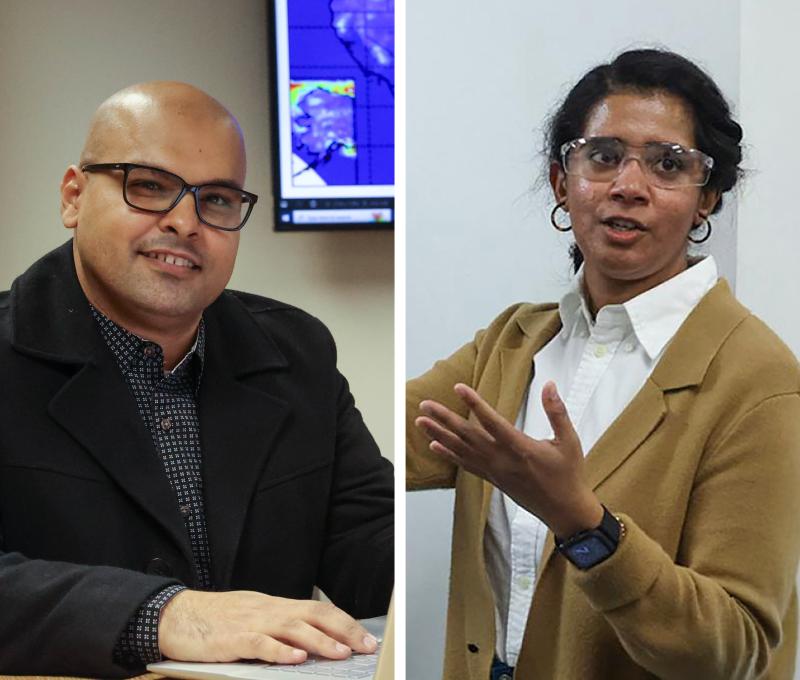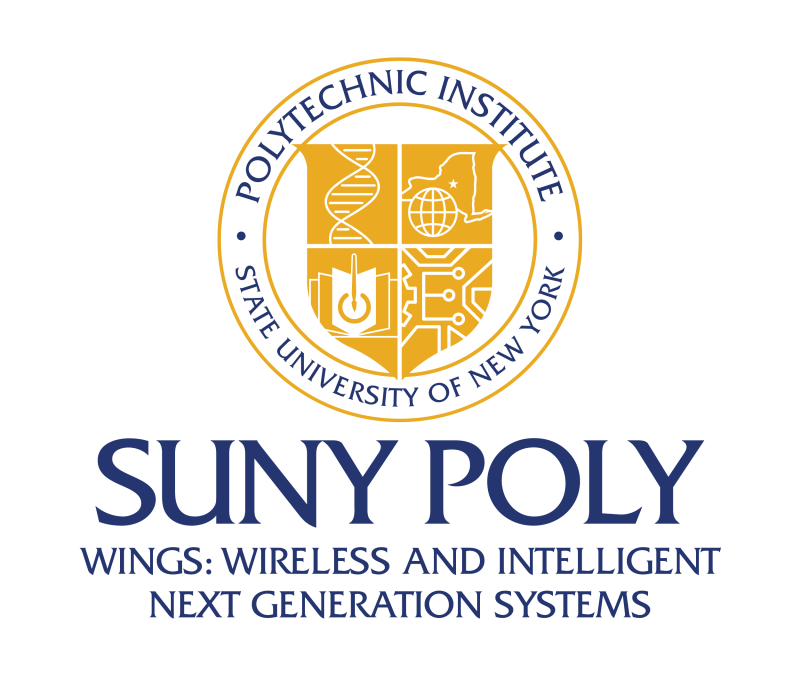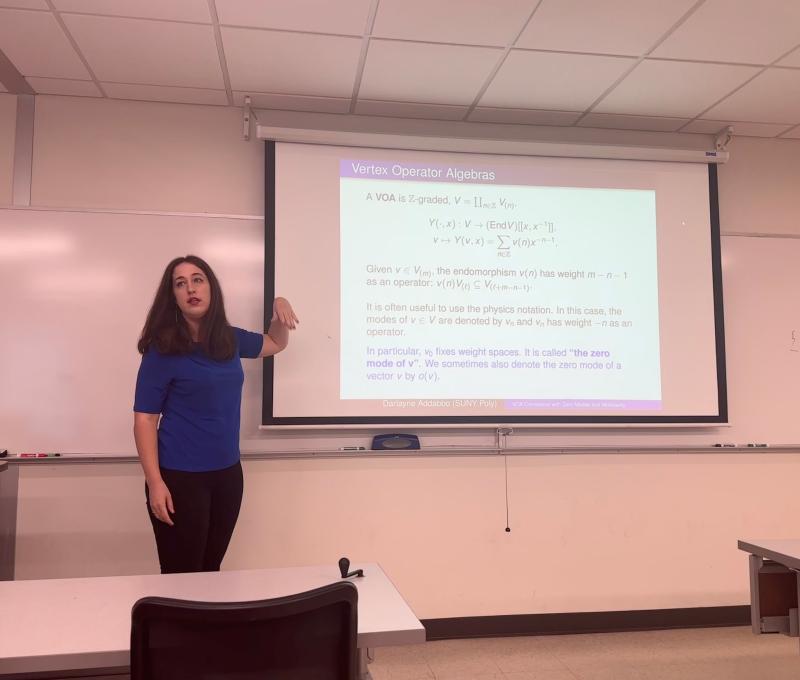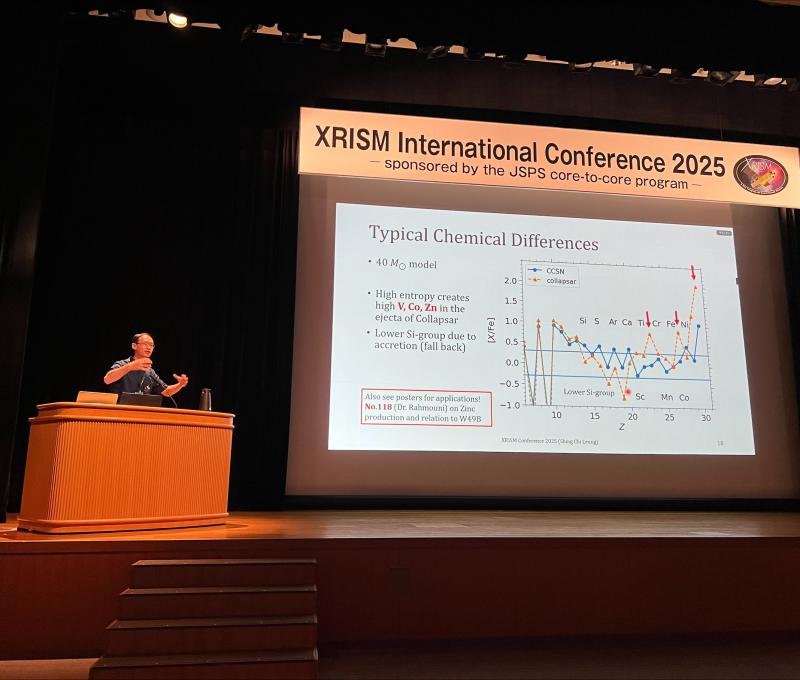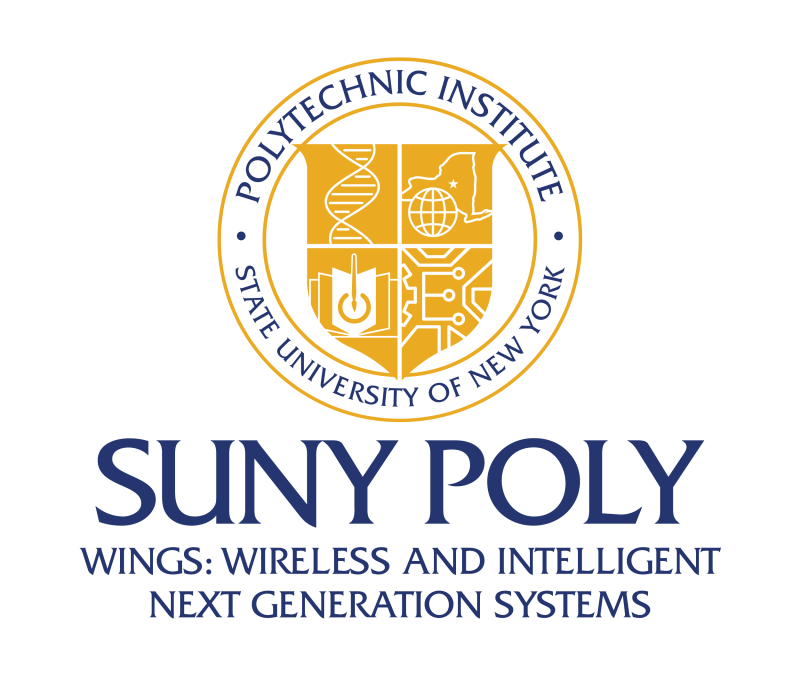Professor Shing Chi Leung Publishes Software for Modeling Supernova Gamma Ray Signals

Dr. Shing Chi Leung, SUNY Poly assistant professor of physics, has developed new Python software suitable for modeling gamma-ray signals from stellar explosion events. The documentation article is published in the peer-reviewed Monthly Notices of the Royal Astronomical Society for reporting its functionality and numerical tests.
Stellar explosions, including supernovae, are one of the most energetic events in the universe. During the event, gamma-ray light is abundantly emitted from the thermal radiations and from the decay of radioactive isotopes, e.g., oxygen, sodium, titanium and nickel. These isotopes are synthesized during the explosion, which is sensitive to the extreme environment around the center of the explosions. Thus, the features in the gamma-ray light signals contain essential information about the explosion process, and the detailed properties of the stellar interior which cannot be directly observed.
Gamma-ray signals have an emerging importance in astronomy thanks to new telescopes designed to search for these high frequency lights. Among all these, the COSI (Compton Spectrometer and Imager), to be launched in 2025 as part of a mission by NASA, will focus on MeV gamma-ray band light from these stellar objects. Using 16 3D-imaging high spectral resolution germanium detectors, COSI can reach a resolution 10 times higher than current operating telescopes in its two-year mission. The high-resolution signals will enable physicists to gain insights on explosion mechanisms of supernovae quantitatively.
These observation opportunities will make the theoretical predictions of gamma-ray signals from various types of supernova explosion indispensable. The high-quality data will shed light on how to build realistic supernova models and improve supernova theory. In view of that, an efficient software suitable for simulating various types of supernovae, with the flexibility in adopting and testing different input physics, will match the need of these high precision data. In this project, Professor Leung developed from scratch new software written in Python for these purposes. The code used the Monte-Carlo radiative transfer scheme to model how light is emitted, absorbed, and scattered in the complex environment of supernova ejecta, until the light escapes and arrives at the telescope. The software has adopted the most recent physics available and it has been tested extensively to reproduce various benchmark results in the literature.
Professor Leung will continue to work with collaborators to use this software for building new models. The models will explain the gamma-ray spectra obtained from future observations of novae, supernovae, and their remnants. These models will allow the team to inspect quantitatively how various physical processes interplay and create the signals that we observe.
Reference:
Shing-Chi Leung, “A New Versatile Code for Gamma-Ray Monte-Carlo Radiative Transfer,” Monthly Notices of the Royal Astronomical Society 1277-1291, 2023.
Link: https://academic.oup.com/mnras/article-abstract/521/1/1277/7049115 (arXiv: 2205.04450)

